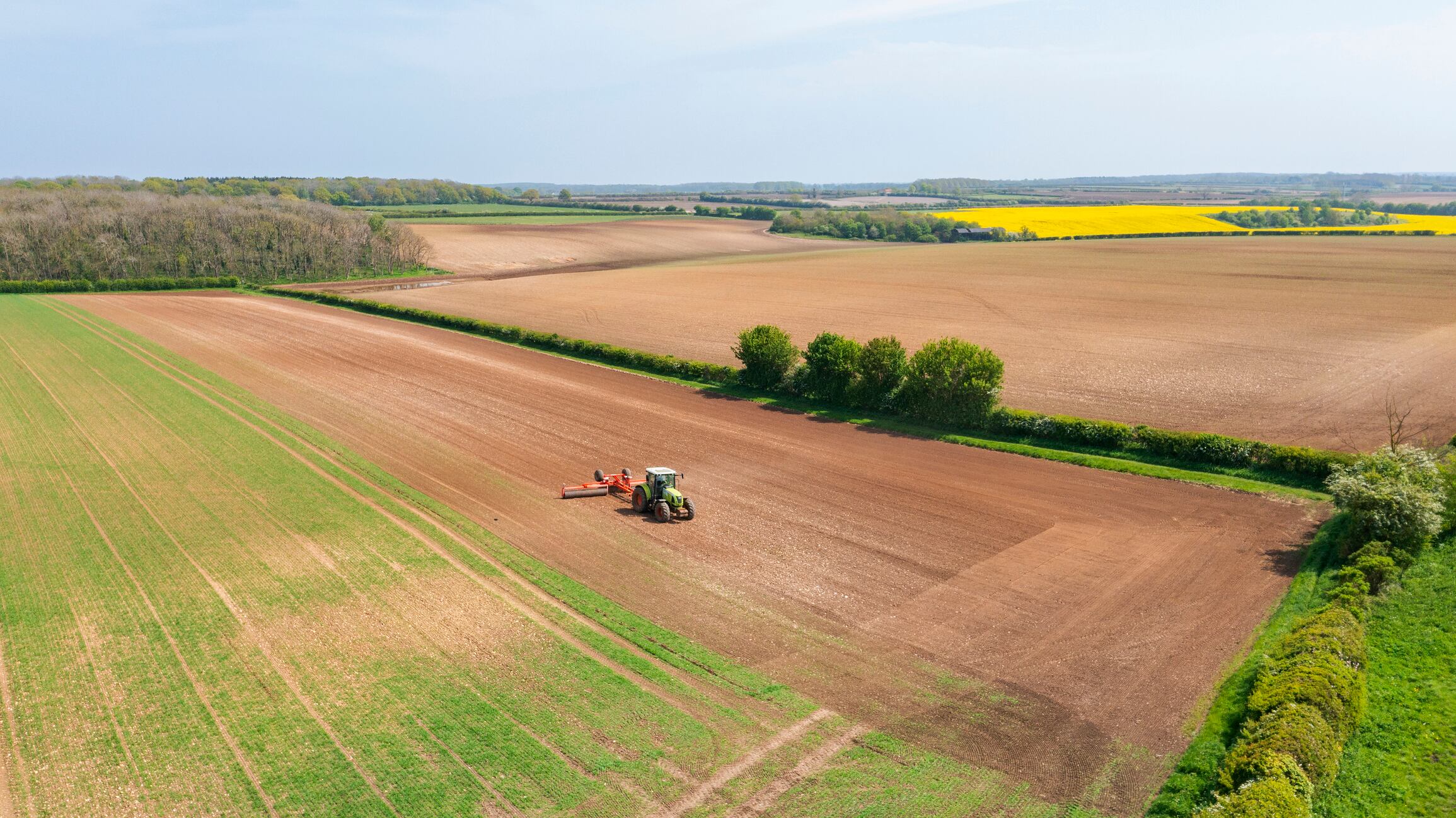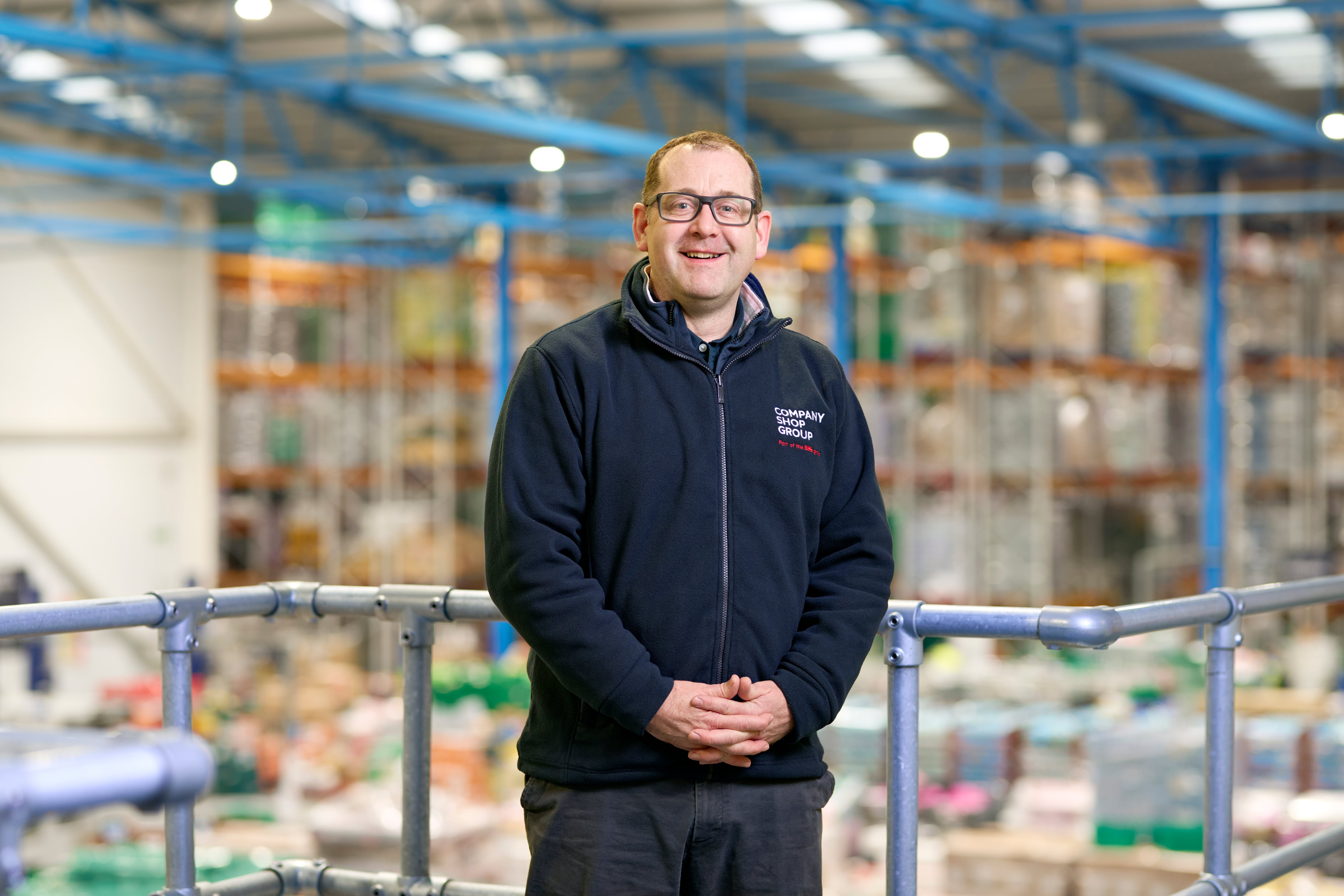Labour returned to power in July 2024. Elected off the back of a manifesto which stated that food security is national security, Labour pledged to champion British farming whilst protecting the environment, committing that, if elected, the party would reduce food prices by removing barriers to businesses trading.
But one year on, how much clearer are we on the government’s vision for food and farming, and how that might be achieved?
Progress on food and farming
Damningly described by the NFU as a “failing department” earlier this year, the government’s rushed policy announcements and communication from Defra have plagued the agricultural sector.
The abrupt closure of the SFI application window and the intended changes to APR and BPR have sparked serious concern. We have yet to see the 25-year Farming Roadmap promised by Defra in January. In its May report the cross-party Environment, Food and Rural Affairs Committee criticised the government’s chaotic handling of agricultural policy, urging a pause for consultation and clearer communication - particularly on APR/BPR reforms - to rebuild trust and clarify the future of SFI and ELMS. A full response to the select committee’s report and recommendations was due on 16 July. At the time of writing, it remains overdue.
While the intended APR changes have, unsurprisingly, been a key focus for the farming community, the BPR amendments, which will be especially relevant to family business owners, also have implications for the food sector more widely. While an exact figure isn’t available, family-owned businesses likely make up a significant share of privately owned food manufacturers in the UK.
What do we know so far?
Whilst the government’s Farming Roadmap and Vision For Farming are yet to materialise, we do have some inclination of what its vision for food and faming could be.
Announced in the October 2024 budget, the government published draft legislation and a policy paper relating to intended IHT reforms on 21 July 2025. It doesn’t believe the reforms will have any significant macroeconomic impacts and anticipates marginal changes in domestic [food] production, and no material impact on food security. By way of comparison, a recent survey commissioned by Family Business UK, conducted by the Confederation of British Industry and backed by the CLA indicated that the reforms could cost the overall economy £14.9 billion in lost business revenue.
The government’s expectations feel optimistic at best. The policy paper is remarkably light on the detail of the workings that (presumably) underpin the impact assessment.
The most recent UK Food Security Report, published in December 2024, makes for sobering reading, highlighting a decline in household food security as well as identifying specific risks to domestic production, such as extreme weather and over-reliance on fertilisers.
Interestingly, initial findings from the Environment, Food and Rural Affairs Committee on fairness in the food supply chain and Spending Review on 11 June omit any mention of Defra, farming, rural communities or the environment. The accompanying policy paper stated ELMS funding would increase (from £800 million to £2 billion by 2028-29) but indicated that the uplift would be funded by cutting payments deemed to provide a poor return on investment, suggesting there won’t be any additional money in farmers’ pockets and lacking clarity on how return on investment will be quantified and judged.
Defra’s 16 June blog post admitted that “change takes time and certainty matters,” yet failed to reconcile this with the rapid reduction in payments. Delinked payments will drop from £330 million in 2025 to £20 million next year, capped at £600 per business.
On 15 July, the Government released a food strategy for England, which highlights ongoing negotiations to establish a UK-EU sanitary and phytosanitary zone as an example of cutting red tape and removing barriers to businesses trading. The negotiations will avoid routine border checks on medium-risk fruit and vegetables which would otherwise have come into force this summer.
The Chancellor’s statement and Defra’s blog posts in particular feel like missed chances to mend bridges with the farming community. However, more recently we have started see more sector event attendance and direct engagement from Defra ministers as well as the reasonably prompt food strategy release. Hopefully this heralds the start of a period of more constructive engagement.
What is the government’s vision?
Based on what we have, we can anticipate the government’s vision will reiterate its commitment to regenerative agriculture, aim for measurable food security and environmental improvements, and identify reversal of the decline in natural capital, measurable through biodiversity indicators, as a priority outcome.
Limited government funding for the future is likely, though it should provide for some appropriate funding at least in the short term. The funding that is provided will likely focus on environmental outcomes and regenerative agricultural principles.
Personally, I would also like to see a commitment to increased self-sufficiency (supported by increased domestic production), reducing our national reliance on imported food, which in many cases shortens the supply chain and lowering the environmental and financial impact of transporting food long-distance.
Improvement in household-level food security also needs to be prioritised, including narrowing the socioeconomic and geographical divergence. Food insecurity disproportionately impacts vulnerable individuals, disabled people and their families and those on a lower income. Household food security varies across the country – only 87% of households in the North-West and London are food secure compared to 93% in the South-West.
The government also needs introduce policy to help to ensure agricultural land remains in agricultural production, considering the wider implications and risks associated with the APR/BPR reforms. Notwithstanding the policy paper released on 21 July, there is concern that those estates impacted by the IHT reforms will end up selling land piecemeal to fund the increased tax burden.
Finally, details on strategies for supporting agricultural production and profitability (hopefully informed by Baroness Batters’ profitability review) would be very welcome.
What next?
The government’s overall vision does seem to be gradually coming into focus, but not at optimal speed.
The food strategy specifically recognises that a transparent, stable and predictable policy environment supports investment in the development, production and marketing of healthier and more environmentally sustainable great British food. The Farming Roadmap is the cornerstone of that more stable policy environment and should provide clarity on funding and longer-term strategy.
The sooner we have the Roadmap, the sooner the farming and food manufacturing communities can plan and progress.




